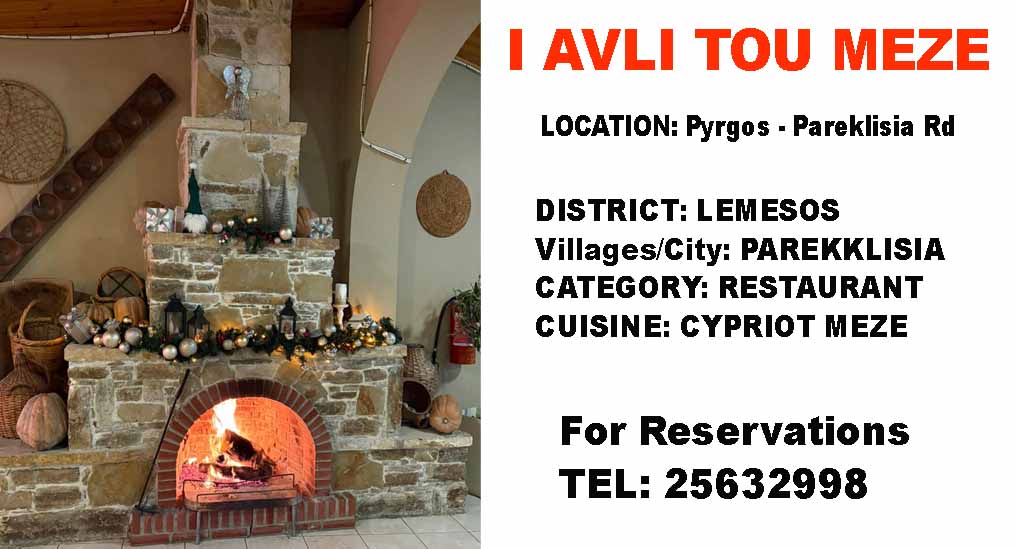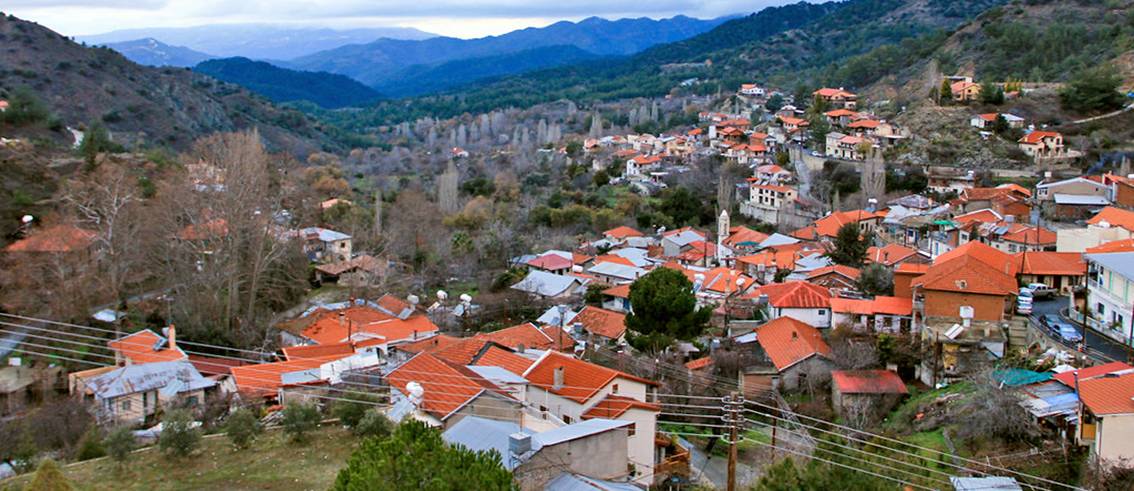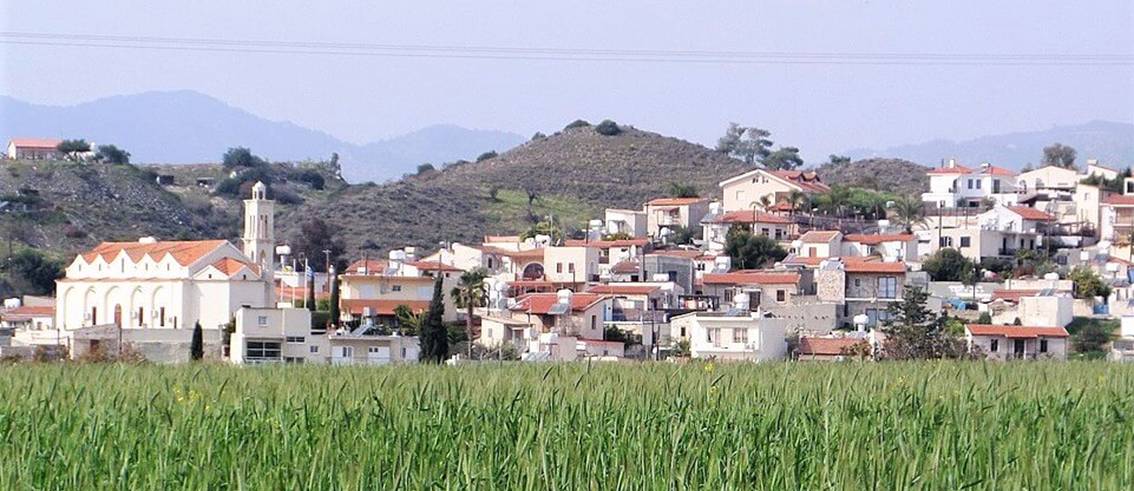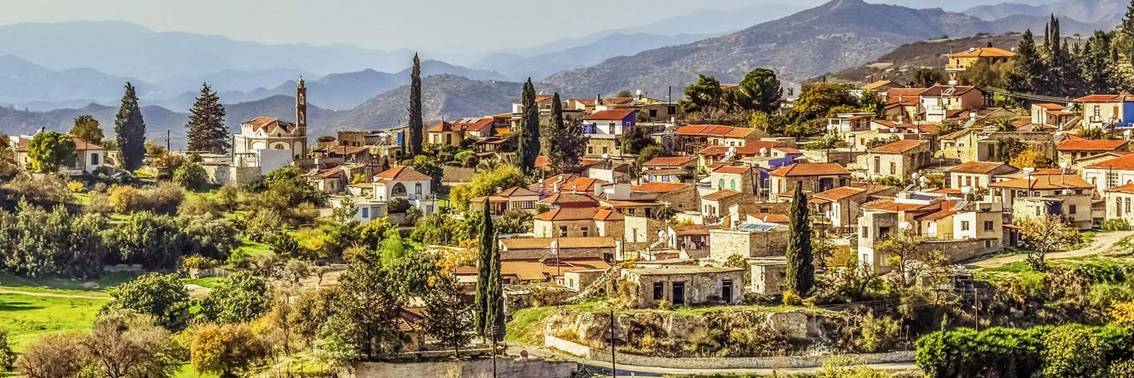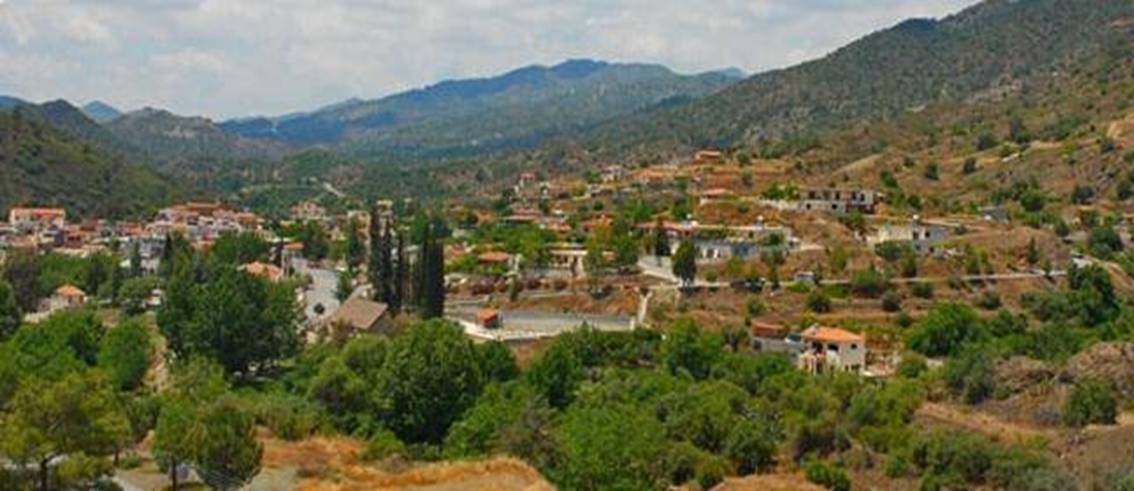Pentakomo Village
The history of Pentakomo village: Pentakomo is a small village in the Limassol District of Cyprus. Nestled near the southern coast, it features rolling hills, olive groves, and traditional stone houses. Despite its size, Pentakomo has a rich history that reflects Cyprus’s diverse cultural and historical tapestry.
Ancient and Medieval Roots
The history of Pentakomo village can be traced back to antiquity. Archaeological finds in the region suggest settlements during the Neolithic and Bronze Ages. However, the village itself is believed to have been established during the Byzantine period, when many rural communities in Cyprus were founded or re-established.
During the Byzantine era, Cyprus was part of the Eastern Roman Empire. Villages like Pentakomo became agricultural hubs. The fertile land around the village was ideal for growing olives, grapes, and cereals, which formed the backbone of the local economy. The name “Pentakomo” may come from the Greek words for “five villages,” referring to a small community cluster typical of the time.
Ottoman Era and British Rule
The history of Pentakomo village: During the Ottoman period (1571-1878), Pentakomo experienced significant changes. The Ottomans introduced new administrative structures and land ownership systems. Many traditional houses and churches built during this time still stand today, blending local and Ottoman architectural styles.
The village’s population was primarily Greek Orthodox, with the church playing a central role in community life. The Church of Saint George, one of the oldest in the village, dates back to this period. It remains a focal point for religious and cultural activities.

In 1878, Cyprus came under British rule. The British modernized rural areas, introducing new agricultural techniques and infrastructure. Roads linked Pentakomo to Limassol and nearby towns, improving trade and communication.
The Struggles of the 20th Century
The 20th century brought challenges to Pentakomo. The village, like the rest of Cyprus, was affected by the struggle for independence from British rule. Cyprus became the Republic of Cyprus in 1960.
In the 1960s and 1970s, intercommunal tensions and the Turkish invasion of 1974 deeply impacted the island. While Pentakomo was not directly affected, it experienced social and economic changes. Many Cypriots sought refuge in safer areas, altering the village’s population dynamics.
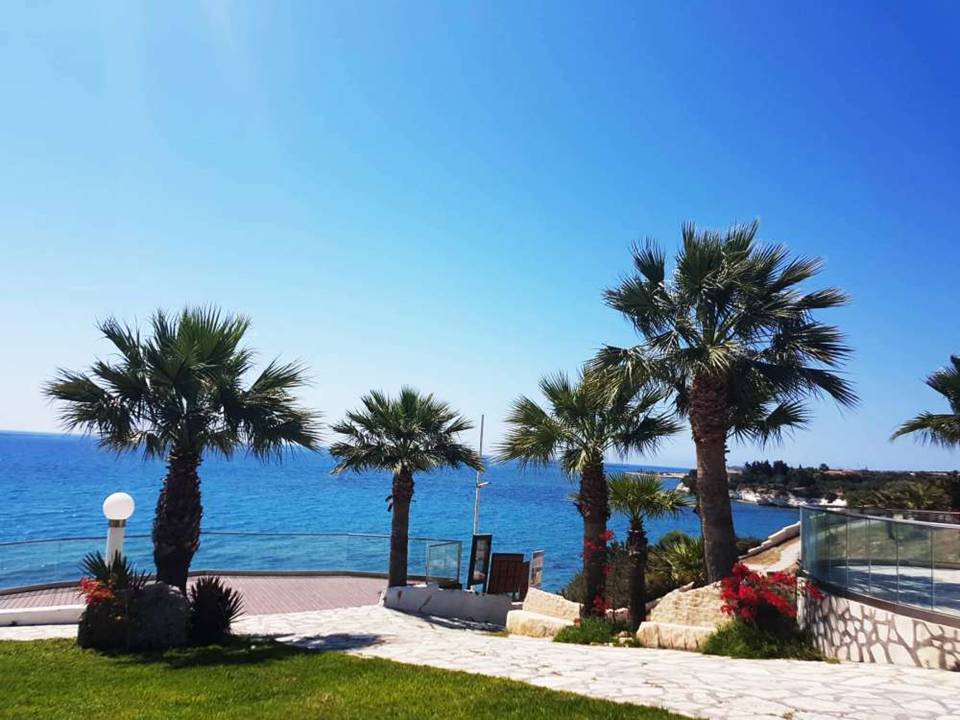
Contemporary Pentakomo
Today, Pentakomo is a quiet village that blends tradition with modern life. Agriculture remains central to its economy, with olive oil production being particularly important. Tourism has also grown, as visitors are drawn to the village’s natural beauty, historical sites, and nearby Governor’s Beach.
Efforts to preserve Pentakomo’s architectural heritage have been successful. Many old stone houses have been restored or converted into guesthouses and restaurants. The community remains close-knit, with local festivals and religious celebrations maintaining its cultural identity.
Conclusion
Pentakomo’s history mirrors Cyprus’s broader journey through antiquity, medieval times, foreign rule, and modern challenges. Despite centuries of change, the village stands as a testament to the resilience and enduring spirit of its people. It remains a place where history and tradition thrive alongside modern life.
TELL THEM HOW YOU FOUND THEM. They like it.
